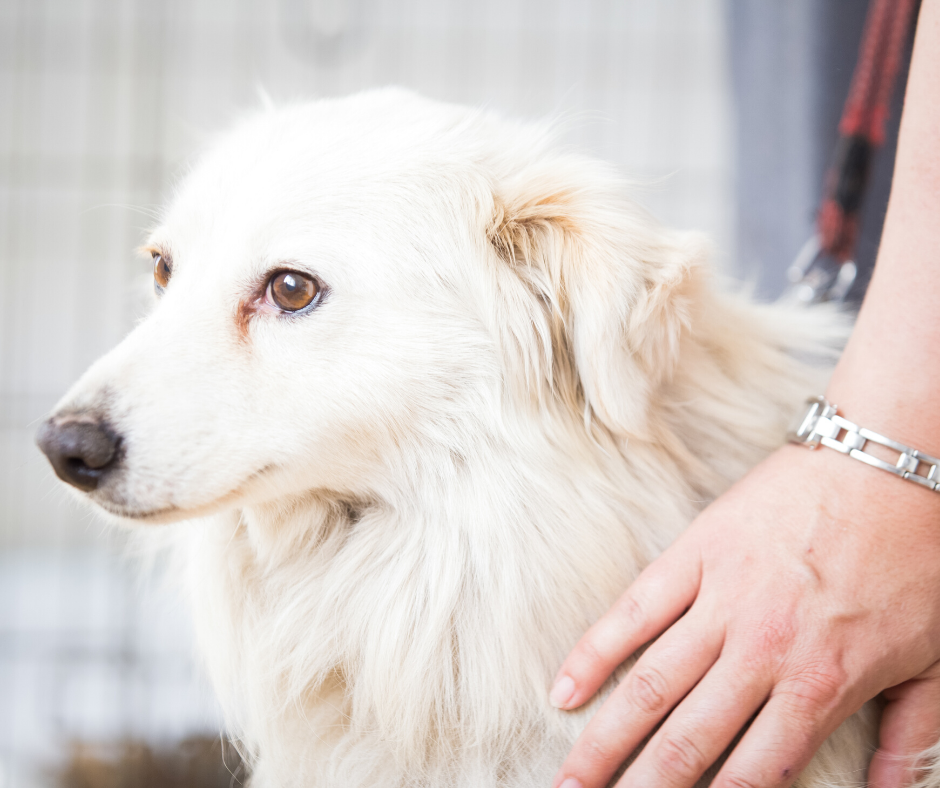
Your clinic has a lot of options when it comes to expanding your services. You could add other pet services like boarding and grooming, or new health care options including diagnostics and dentistry. However, there may be one option you’re overlooking. What if the answer isn’t what you offer, but when? Emergency and urgent care services are underserved across the country, making it a great choice for growing your practice.
What’s the Difference Between Running Emergency Care and Urgent Care Clinics?
In a standard veterinary practice, the focus is on long term care and preventative medicine. Veterinarians, support staff and clients work together to create a health care support network for the pet. With emergency care, the vet may only see the animal once in its life. The focus is on immediate care for a sudden issue. The AVMA recommends emergency care for the following situations:
Eye injuries
Ingestion of any dangerous food or poison
Severe bleeding
Evidence of extreme discomfort or agitation
Loss of consciousness
Inability to urinate or defecate, especially if the pet shows signs of discomfort
Emergency care focuses on using diagnostic tools to create a treatment plan as quickly as possible. This makes it an easy step up for clinics that already offer advanced diagnostics, but it takes a lot of work for general clinics to make the transition.
Urgent care is somewhere between emergency and standard care. Some pet owners will visit an after hours facility when their pet has a problem that is urgent, but not bad enough for emergency care. Other clients will use the extended hours to get traditional pet care when it’s convenient for them. With less focus on diagnostics, it’s relatively easy to transition from a general practice to an urgent care clinic.
Who Provides the Service?
With urgent care, you are providing the same services you offer during your regular business hours. The main difference is an increase in same day acute visits.
Any DVM or VMD can be an emergency veterinarian. However, to become a board certified emergency veterinarian, the vet needs to go through a three year residency program approved by the American College of Veterinary Emergency and Critical Care (ACVECC) and pass a board exam.
Either way, there’s more to keeping your clinic open longer than changing your hours. You also need equipment providers that offer support during these hours, and partnerships with other service providers that work with your schedule.
Networking is important for any clinic, but it’s especially important for emergency services. At some point, pets will need to go elsewhere for long term treatment. The pet may have visits at the clinic during regular business hours, or it may need to be taken to another hospital or specialist with the ability to treat the animal. Likewise, you need a plan in place to move animals in need of serious medical care from your urgent care clinic to an emergency facility.
Creating a Comfortable Experience
Any vet visit is difficult, which makes pet and client comfort a big part of improving healthcare relationships. This is even more important with urgent and emergency care. Clients and pets are more likely to be first time visitors, and both people and animals are under increased stress. There are three main points of friction that should be addressed when starting an extended hour clinic:
Is there a way you can set a set pricing structure? Clients will be more at ease if they know how much the visit will cost them. Have clear policies on after hours pricing, or adapt a pricing structure that works for all operating hours.
Does your lighting adjust to the time of day? Lower light conditions at night can match pet’s circadian rhythms and make them feel calmer.
Are you able to keep animals separate, both in sight and sound? You will have more injured and upset animals, and their actions can put all the pets in your waiting area on edge.
Getting the Word Out
To make this expansion, you need to educate your clients on when, why and how they should use these new services. Start by sending an announcement to clients about your new services. Be sure to cover what services you offer during these extended hours, why your clients should use these services and after-hours contact information.
Update the information on your current business cards, reminder cards, and anything else you mail out. Be sure you’re emphasizing these new services, so that regular clients notice them. Consider sending out magnetic cards. This lets clients keep your information on hand when they need to get their pet in for immediate care.
We Can Help Your Veterinary Practice Stand Out
No matter which path you choose, Positive Impressions, LLC can help you build relationships with clients. We offer a wide range of items to keep your clinic on the minds of your customers, including appointment cards, promotional items, kennel labels and prescription labels. We offer custom printing for many of our products, letting you add clinic information or create a whole new design for your practice. Not sure how to get started? You can see our current specials on our website, orby visiting our Facebook page.
